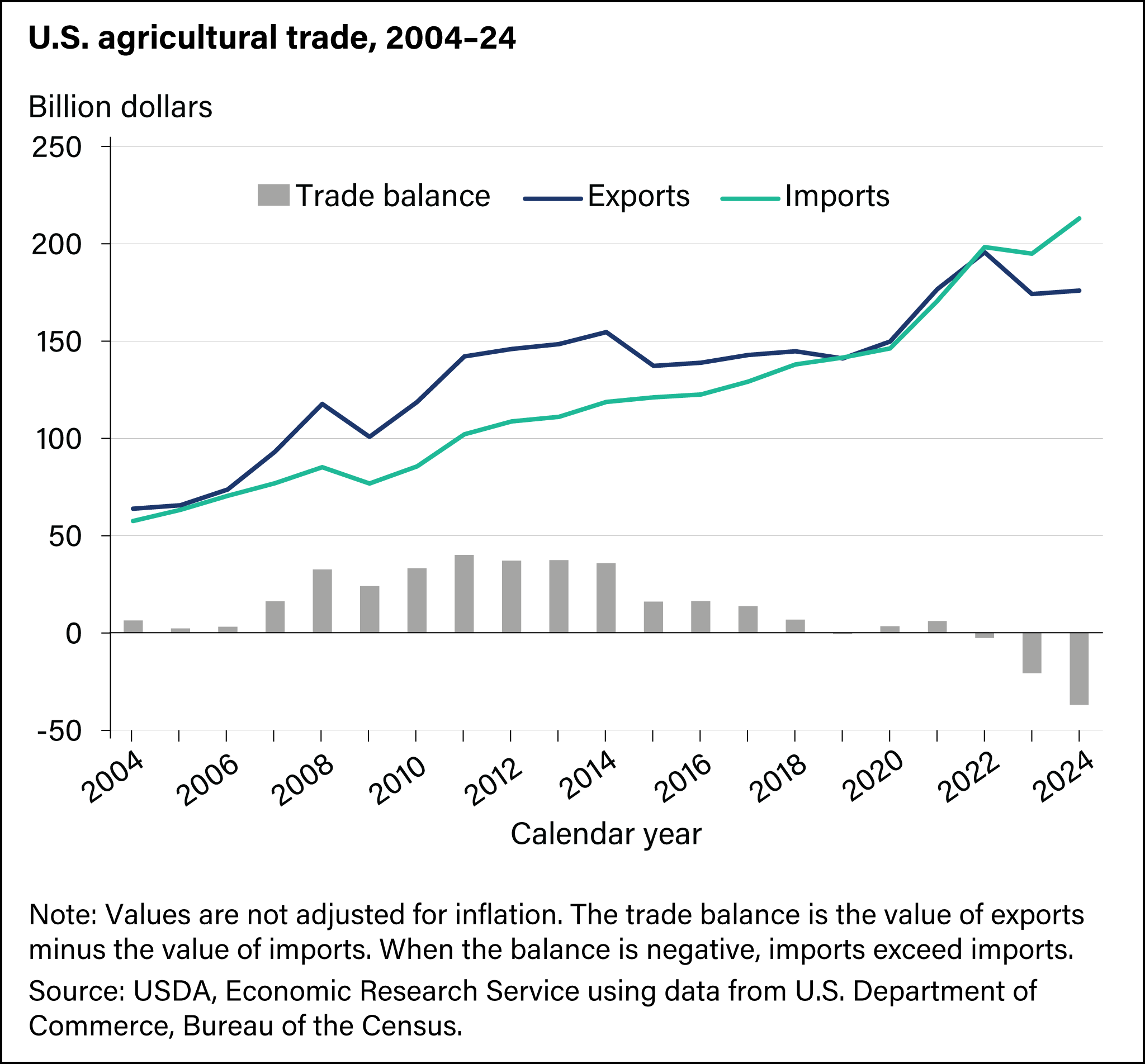Global Food Trade in 2025: Navigating Tariff Challenges and Market Dynamics
In 2025, the global food trade landscape is characterized by a complex interplay of factors, including shifting consumer demands, climate change impacts, and evolving trade policies. Among these, import tariffs have emerged as a significant influence, reshaping trade flows and affecting stakeholders across the supply chain.
Global Food Trade Trends
The global food trade continues to experience growth, driven by factors such as population increases, urbanization, and changing dietary preferences. However, this growth is uneven, with developing countries often facing higher tariffs that limit their access to global markets.
According to the United Nations Conference on Trade and Development (UNCTAD), high import tariffs can raise costs for businesses and consumers, potentially curbing growth and competitiveness. Tariff escalation, where higher tariffs are applied to processed goods compared to raw materials, discourages developing economies from exporting value-added goods, hindering industrialization.
The Trends
1. Global Agricultural Export Values (2000–2024)
This chart illustrates the value of U.S. agricultural exports from 2004 to 2024, showing trends over two decades.
Source: U.S. agricultural export values climb to third-highest level in 2024 | Economic Research Service
This chart illustrates the steady growth in global agricultural export values over the past two decades, highlighting the sector's resilience and adaptability.

2. U.S. Agricultural Exports by Commodity (2024)
The chart showcases the diversity of U.S. agricultural exports, with soybeans, corn, and beef leading the way in 2024.

Source: U.S. agricultural import values outpaced export values again in 2024 | Economic Research Service
Impact of Import Tariffs on Food Trade
- Increased Costs for Importers: Tariffs on imported food items have led to higher prices for consumers and businesses. For example, tariffs on specialty cheeses and wines have made these products more expensive in the U.S. market.
- Supply Chain Disruptions: Tariffs have disrupted established supply chains, prompting businesses to seek alternative suppliers or adjust their sourcing strategies.
- Retaliatory Measures: Countries affected by tariffs have implemented their own trade barriers, further complicating international food trade dynamics.
Conclusion
While global food trade continues to grow, the introduction of import tariffs presents challenges that require strategic responses from stakeholders. Businesses must adapt by exploring new markets, diversifying supply chains, and advocating for fair trade policies to ensure the continued flow of food products worldwide.